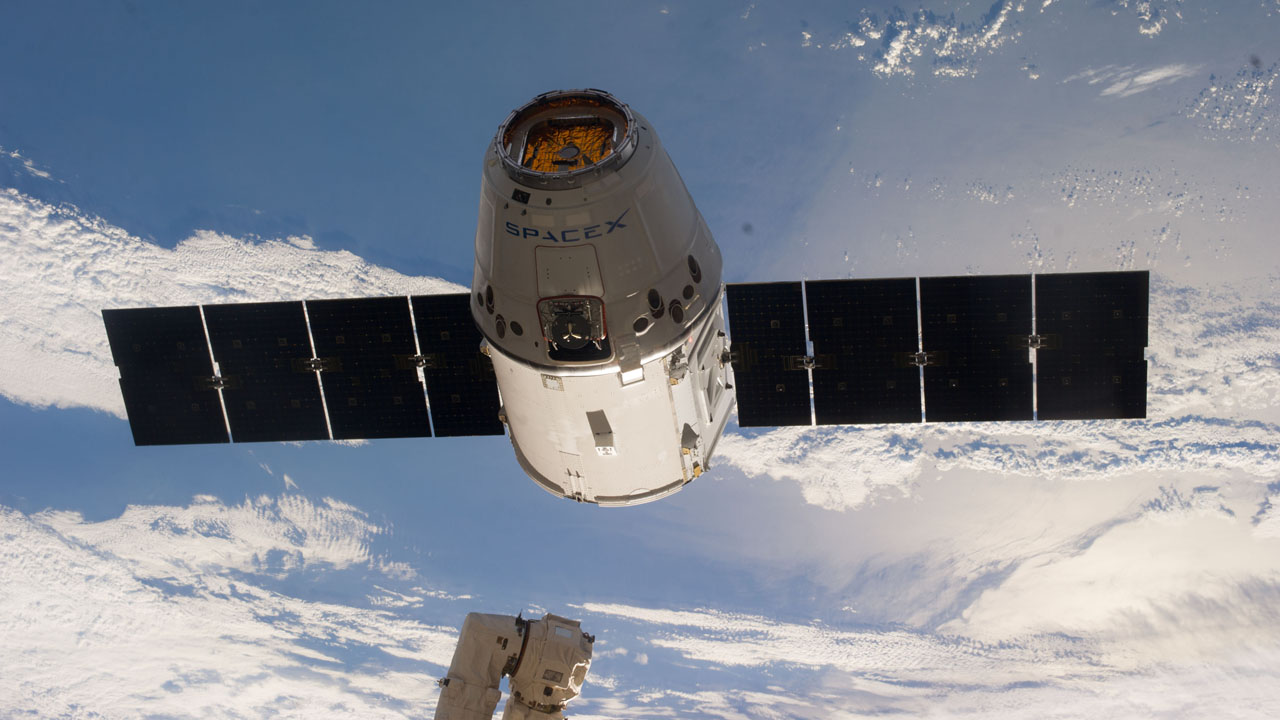A new paper says that NASA could be saving billions of dollars by working with private companies like SpaceX to deliver payload to the International Space Station.
The paper was written by Edgar Zapata, who has spent nearly 30 years at the space agency and is now focused on life cycle cost analysis of lunar and Mars exploration architectures. Zapata offers a detailed comparison of using private service providers like SpaceX and Orbital ATK instead of using government-operated rockets like the Space Shuttle. He attempted to calculate the costs of the commercial cargo and crew programs combined, both for missions executed by private companies and the projected cost if NASA-operated shuttle flights continued. He found that using a private company costs NASA two to three times less.
Considering development and operational expenses, the paper found that SpaceX delivered cargo at $89,000 per kg, Orbital ATK at $135,000 per kg, and the shuttle at $272,000 per kg. Using the most current public data, the paper estimated that SpaceX’s Dragon vehicle will cost about $250 million less than Boeing’s Starliner for transporting a crew of astronauts to the space station.
The paper also makes a case for additional benefits, like the broader impact of supporting U.S. companies that are advancing space exploration and creating jobs. The paper suggests that the government has more than recouped its $140 million investment in the development of the Falcon 9.
“It is arguable that the U.S. Treasury has already made that initial investment back and then some merely from the taxation of jobs at SpaceX and its suppliers only from non-government economic activity,” the study said. “The over $1 billion (net difference) is U.S. economic activity that would have otherwise mostly gone abroad. This is very different from the economic benefit when NASA is a sole user of a system.”
The paper was published by the American Institute of Aeronautics and Astronautics and first reported by Ars Technica. You can see it in full here.
